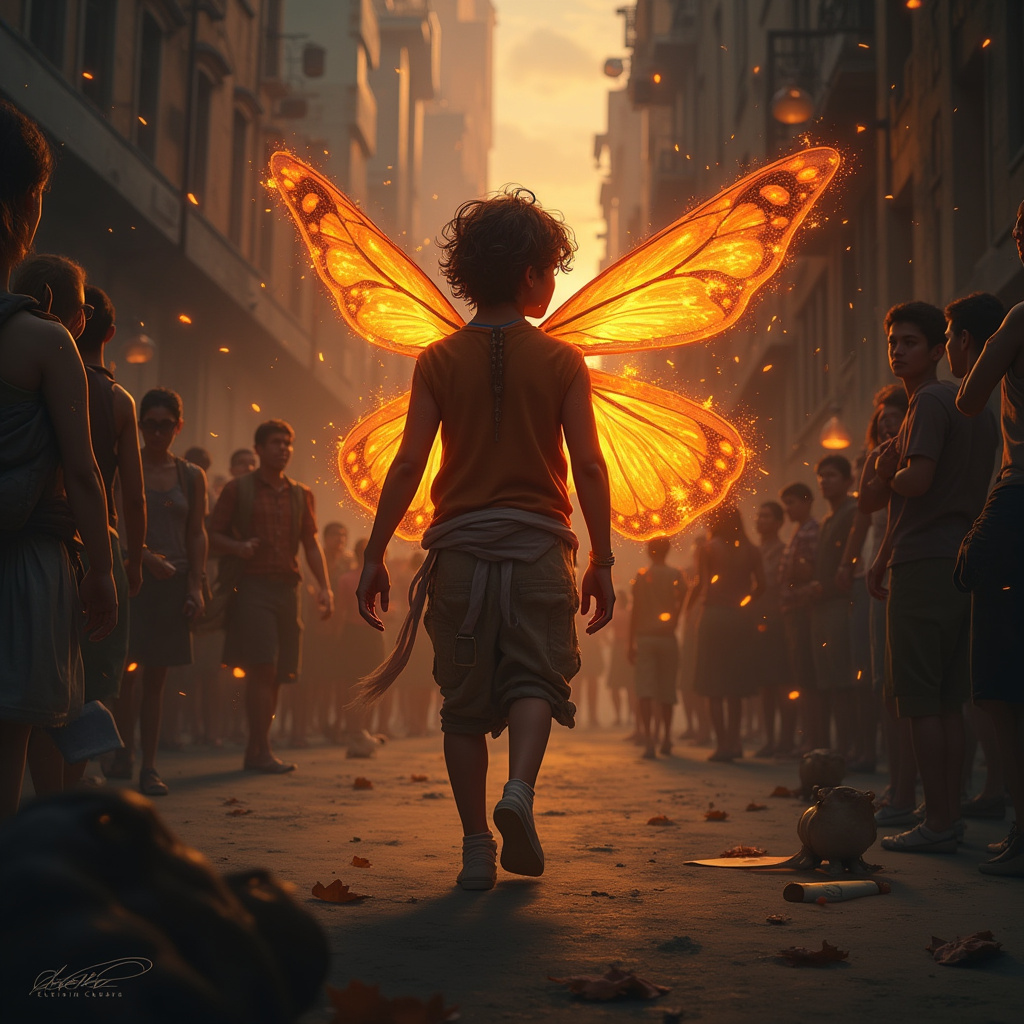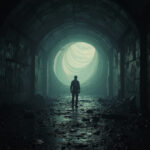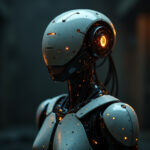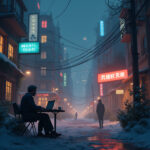Introduction
In the ever-evolving world of digital art, new tools and technologies are constantly emerging. One such tool is Adobe Firefly, a generative AI system designed to assist artists and creators in their work. However, as exciting as this innovation may sound, it has sparked a wave of concern among traditional artists. In this article, we will explore the reasons behind this anxiety and what it means for the future of art.
What is Adobe Firefly?
Adobe Firefly is a generative AI tool that can create images, illustrations, and designs based on user prompts. It harnesses the power of machine learning to understand artistic styles and replicate them, making it an enticing option for many creators looking to streamline their workflow. With Firefly, a user can produce high-quality artwork in a fraction of the time it would typically take.
Concerns Among Traditional Artists
While the capabilities of Adobe Firefly may seem revolutionary, they have raised several concerns among traditional artists. Here are some of the main points of worry:
- Loss of Authenticity: Many traditional artists fear that the rise of AI-generated art will dilute the value of their work. Art has always been a personal expression, and the idea that a machine can replicate this process diminishes the authenticity that comes from human experience.
- Job Displacement: As AI tools become more prevalent, there is a growing concern that they will replace human artists in various industries. This fear is particularly strong among freelance artists who rely on commissions for their livelihood.
- Legal and Ethical Issues: The use of AI in art raises questions about copyright and ownership. If a piece of art is generated by an AI based on a prompt, who owns the rights to that work? Traditional artists are worried that their styles may be appropriated without their consent, leading to potential legal battles.
- Creative Stagnation: Some artists worry that reliance on AI tools will lead to a decrease in creativity. If artists start to depend on AI for their work, there may be less incentive to push boundaries and explore new artistic avenues.
The Debate: AI vs. Traditional Art
The emergence of Adobe Firefly and similar tools has ignited a broader debate about the role of technology in the creative process. On one side, proponents of AI argue that these tools can enhance the creative process, allowing artists to experiment and innovate in ways that were previously impossible. They see AI as a collaborative partner rather than a competitor.
On the other hand, traditional artists feel that the essence of art—human emotion, experience, and intention—can never be fully captured by a machine. They argue that while AI can generate visually appealing images, it lacks the depth and meaning that comes from human creativity.
Finding Common Ground
Despite the concerns, there is potential for coexistence between traditional artists and AI tools like Adobe Firefly. Here are a few ways both can benefit from each other:
- Collaboration: Artists can use AI as a tool to enhance their work rather than replace it. By integrating AI into their creative process, they can explore new ideas and techniques while still maintaining their unique artistic voice.
- Education: AI tools can serve as a valuable educational resource for aspiring artists. By analyzing AI-generated art, artists can learn about different styles, techniques, and approaches, enriching their own practice.
- Increased Accessibility: AI tools can democratize art creation, making it more accessible to those who may not have traditional artistic skills. This can lead to a more diverse range of voices and perspectives in the art world.
Conclusion
The rise of Adobe Firefly and similar AI tools has undoubtedly changed the landscape of art and creativity. While traditional artists have valid concerns about authenticity, job security, and the ethical implications of AI-generated art, there is also an opportunity for collaboration and growth. By embracing technology while staying true to their artistic roots, artists can navigate this new terrain and continue to create meaningful works. Ultimately, the future of art may not be about choosing between traditional methods and AI but rather finding a harmonious balance between the two.




